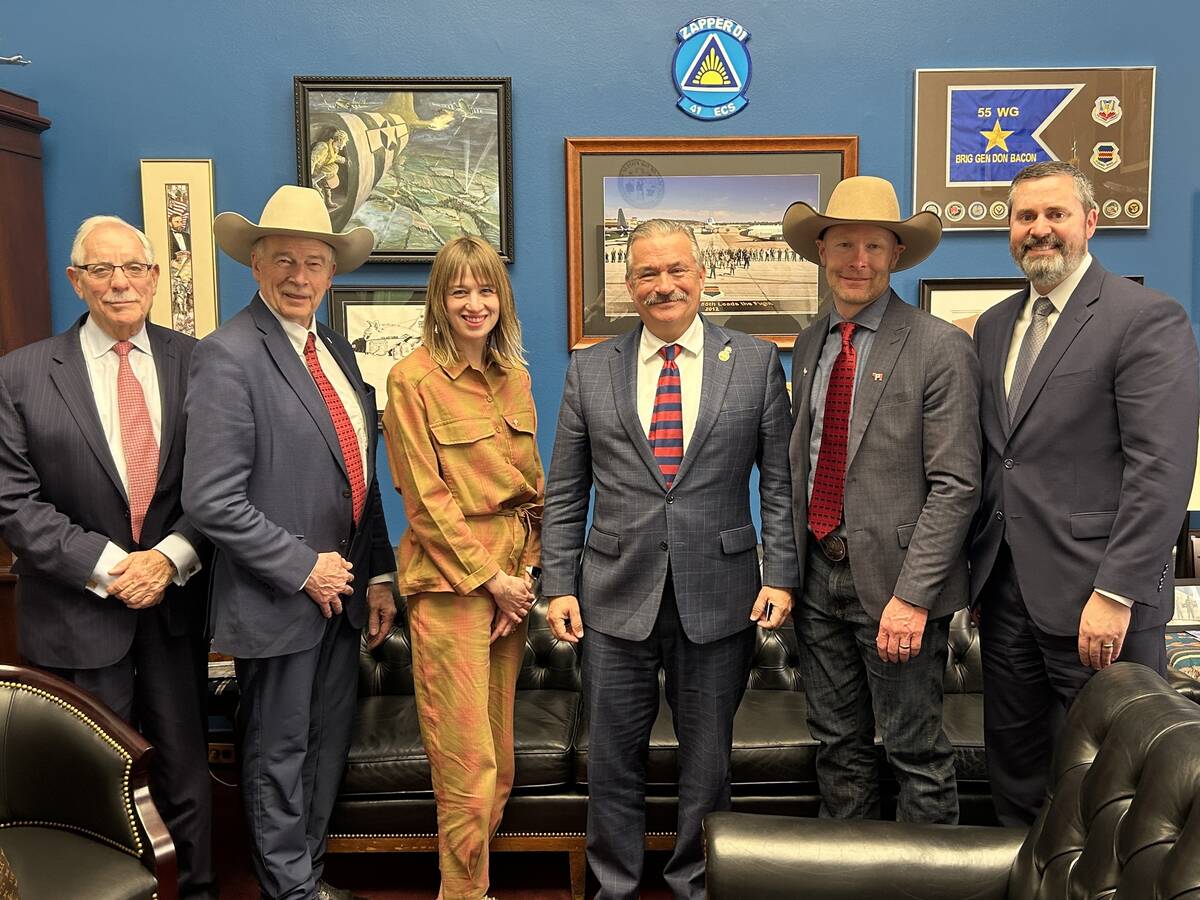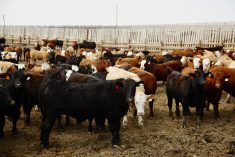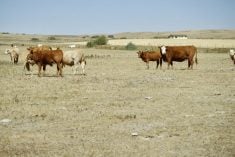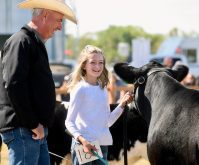As I look back over the accomplishments and how much our producers have overcome this year so far, I continue to be
humbled to represent them at a national level. Fires, floods, strikes, policy roadblocks — our producers and provincial organizations have dealt with many adverse issues this year but I am seeing a great turnaround on many fronts. Cow-calf prices remain strong and crops are generally looking good. As long as we keep our numbers strong and growing, I am sure we can continue to provide what the world is demanding — more quality Canadian beef.
So far 2024 has been filled with advocacy travel while we push to keep markets open and forge new ones. We are learning that we are earning a seat at international tables and it’s making a difference. One of our current priorities is to keep an eye on the looming U.S. federal election. However, the upcoming Canada-United States-Mexico Agreement review is more of a threat than an opportunity. We enjoy an integrated North American market for our cattle and beef and this is a key to our competitiveness, co-operation and profitability. Thickening borders is not the answer. We need to voice the positives of trade in both directions and that will be a big focus in the next 18 months. As a proactive measure, we are busy building and preserving relationships with all involved so we can protect trade with our largest partner.
Read Also

Advocating for Canadian cattle producers in the United States
Canadian Cattle Association president writes about how the association advocates for Canadian beef producers within the U.S.
The recent strike out East has also underscored the importance of streamlining trade with the U.S. and eliminating the 100-day residency rule for U.S. exports to Korea. During those 41 days, producers in Ontario and Quebec had to look at alternate locations for processing, with the U.S. as an alternate. With the U.S.’s 100-day rule currently in place, this placed even more pressure when farmers have had to ship across the border. We are thankful the strike is over but recognize that it underlined the importance of keeping our supply chain efficiently operational, and that we will do all we can to ensure that happens. Science and rules- based trade are more important now than ever.
We were glad to see the Livestock Price Insurance (LPI) two-year pilot officially launched in two Maritime provinces. The new program will allow producers from New Brunswick and Prince Edward Island — and soon Nova Scotia — to purchase price protection for their beef cattle in the case of an unforeseen market disruption. CCA and the Canadian Cattle Youth Council have been advocating for this program for many years, following the implementation of LPI in western provinces. It’s a valuable tool for beef cattle producers to help navigate uncertainty and risks related to adverse weather events. It is also critical for those entering the sector or looking to expand their herds.
The federal, provincial and territorial ministers of agriculture meetings in July were a great opportunity to have our voices heard and we were persistent with our business risk management and AgriStability asks. The provinces are all on board and we are looking to the federal government to move on the proposed changes before the next five-year policy agreement comes into effect.
Our meetings during the Canadian Beef Industry Conference allow us to assess where we are with our advocacy goals and determine how much push to give certain files to maximize our influence to support our producers. It is often a balancing act at CCA — deciding which levers to pull and when — just as it is for producers deciding when to buy and when to sell. Sometimes you have to take a gamble and sometimes your hand is forced. The sweet spot is being in a proactive, relationship-building position with all options on the table.
We are very proud of our youth council and all they have accomplished in helping to build our industry and our herds. Their help on the advocacy front has been invaluable and I look forward to working shoulder to shoulder with them to have our industry’s voice heard. They are bright representatives of the future of the beef industry.
On the sustainability front, we are especially pleased to have so many worthy provincial nominees for The Environmental Stewardship Award (TESA). In our eyes, each one is worthy of recognition and I know the provincial organizations had difficulty choosing who to nominate to the national level. We were pleased to see so many of the nominees at the Canadian Beef Industry Conference and to see the national award go to the father-daughter duo, John and Maria Duynisveld, of Holdanca Farms from Wallace Bay, N.S.
The Canadian beef industry keeps getting more and more cohesive. An area for improvement is encouraging our industry to tell our stories, brag about our success and ensure we present with one unified voice. It’s a great honour to be part of the Canadian Beef Advisors team and the group’s recent status update outlining industry progress on growing demand, productivity, competitive- ness and connectivity are reasons to be proud.
Let’s keep sharing our challenges and successes.















